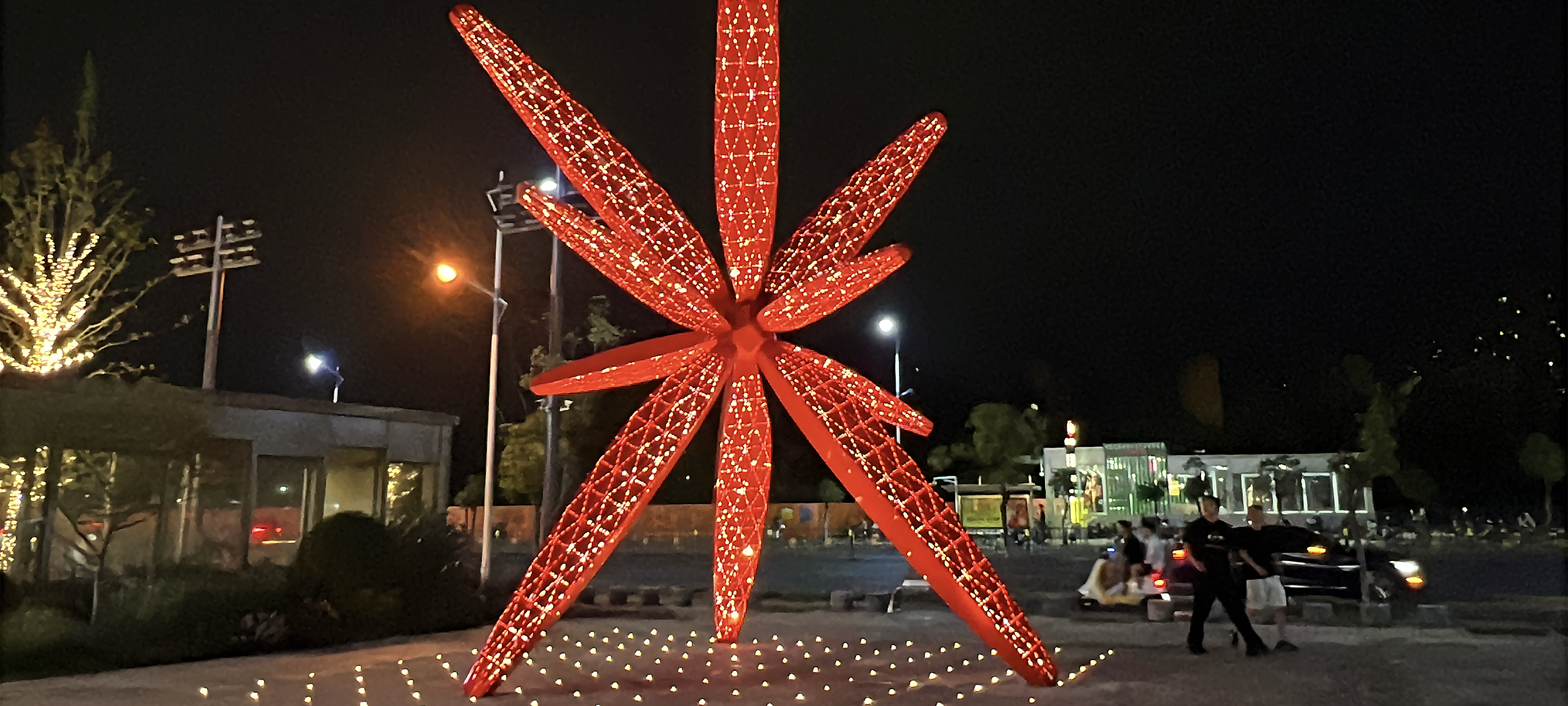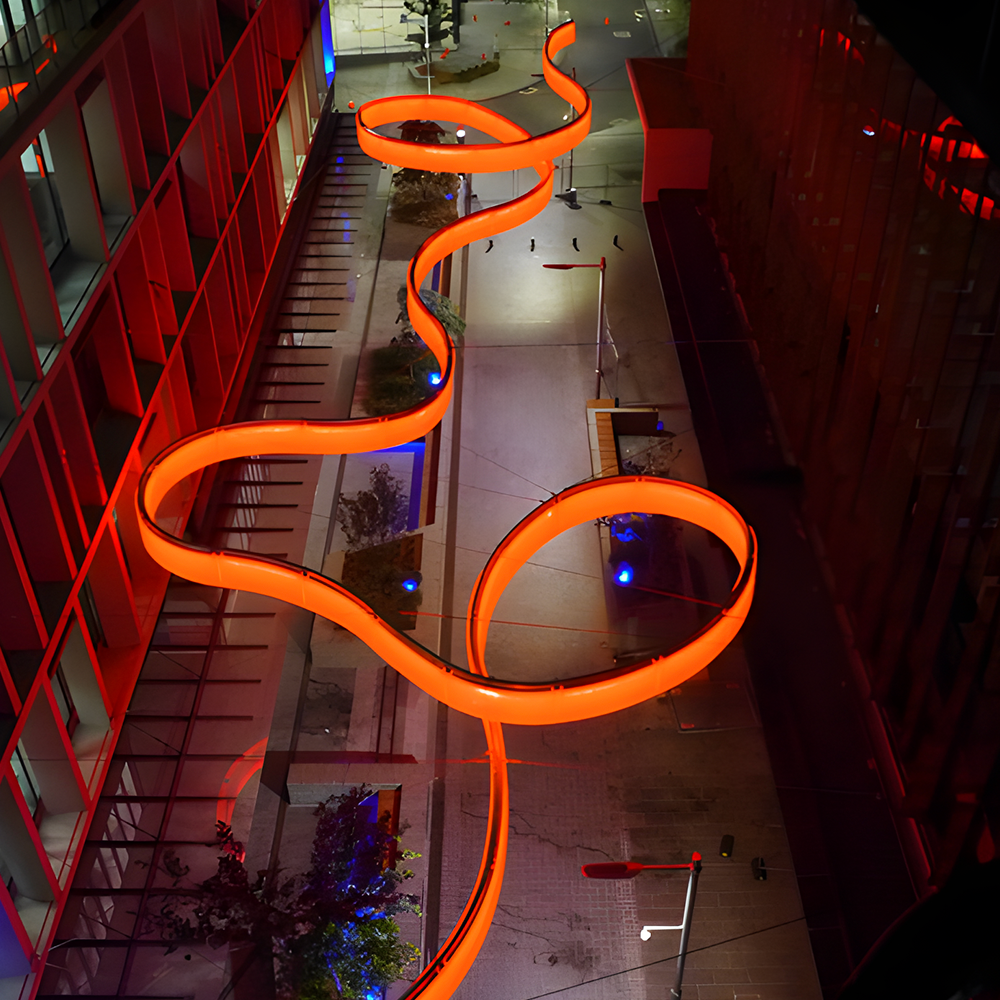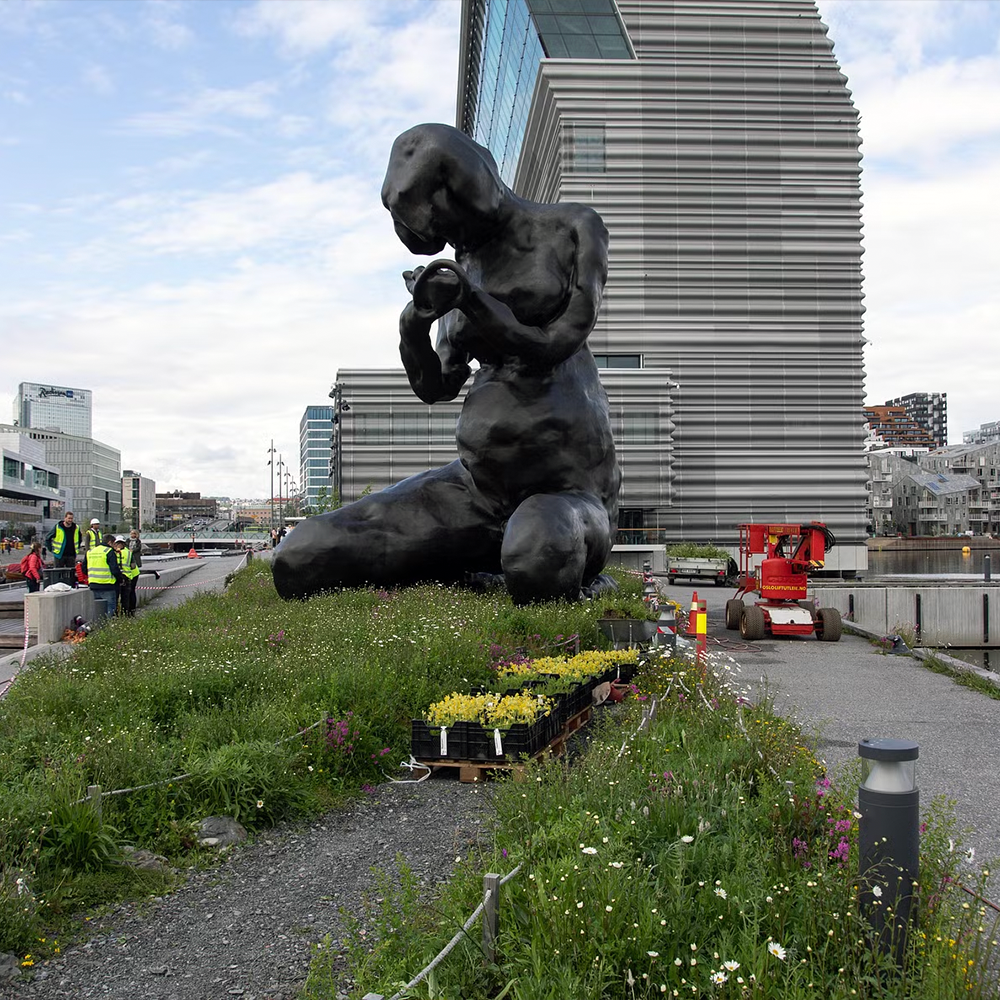Public Art, Integrated from the Start

When treated as an afterthought, public art often feels disconnected - beautiful, but out of place.
It might be positioned in the wrong location, or fail to resonate with the surrounding community. But when it’s embedded into the design process from the outset, public art connects so it becomes a central part of the place's identity.


At 8th Wonder, we work with developers and councils to reframe how public art is delivered - integrating it with signage, architecture, lighting, wayfinding, and landscape to create a considered outcome.
Why does this matter? Because public art isn’t just about aesthetics. When integrated early, it anchors local and cultural identity, enhances placemaking, and delivers long-term value.
- It drives dwell time, curiosity, and interaction
- It strengthens narrative, brand, and spatial memory
- It embeds cultural relevance and connection to community
- Public art becomes part of how people navigate, remember, and emotionally connect with a space.

Global examples demonstrate this power:
- In Perth’s laneways, curated murals, light-based interventions and sculptures reinforce the vibrancy of local culture.
- Along New York’s High Line, public art is embedded into the journey – transforming a linear park into a series of cultural moments.
- In Oslo’s Barcode district, permanent art pieces serve as both focal points and directional cues.
At 8th Wonder, our artists aren’t brought in to fill gaps - they’re part of the strategic team from the beginning. We curate, brief, and align creative interventions to the to deliver connected experiences with intent meaning.
Artists credits
- Pamela Rosenkranz
- Warren Langley
- Andrew Rogers
- Tracey Emin



















